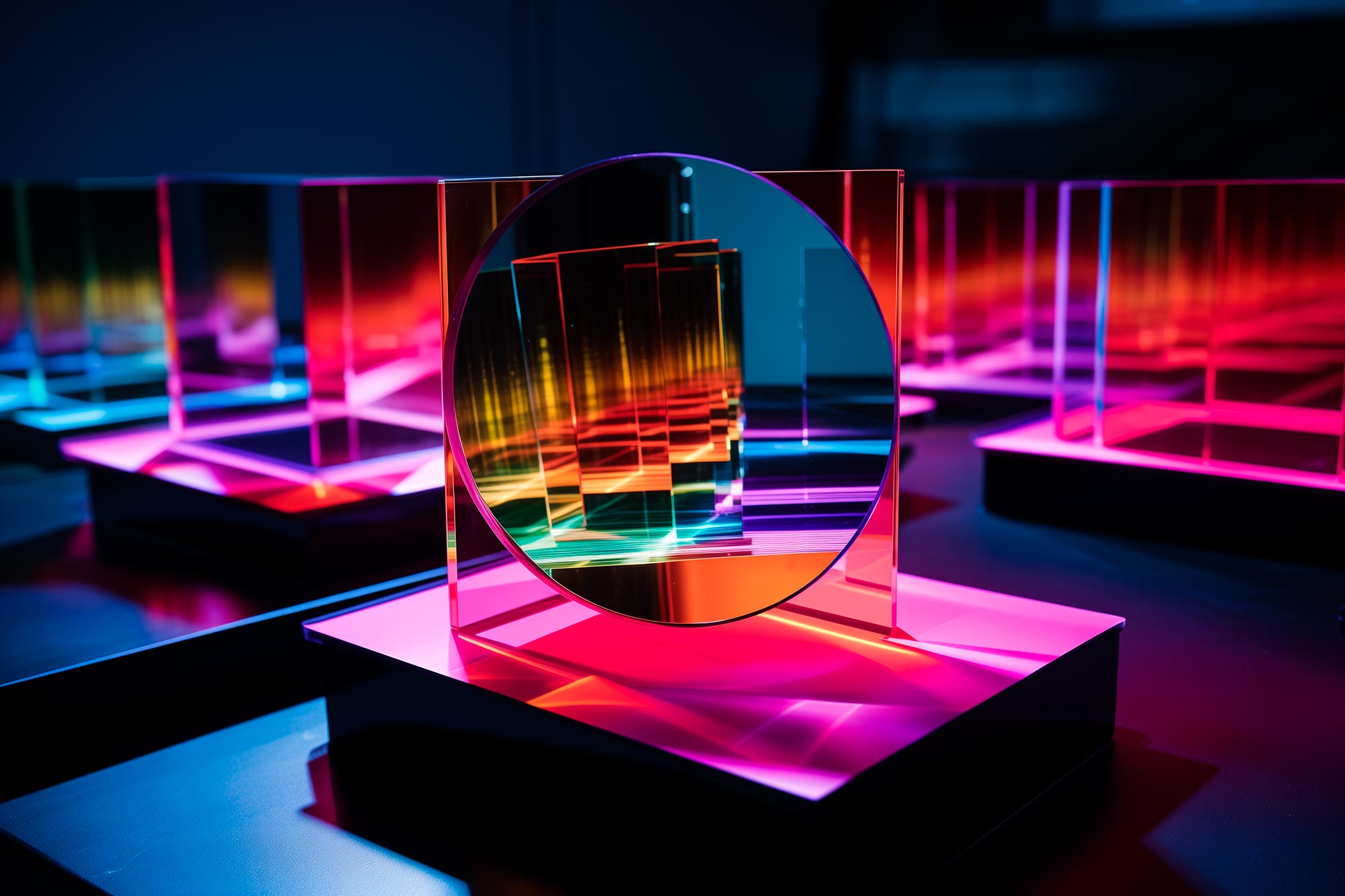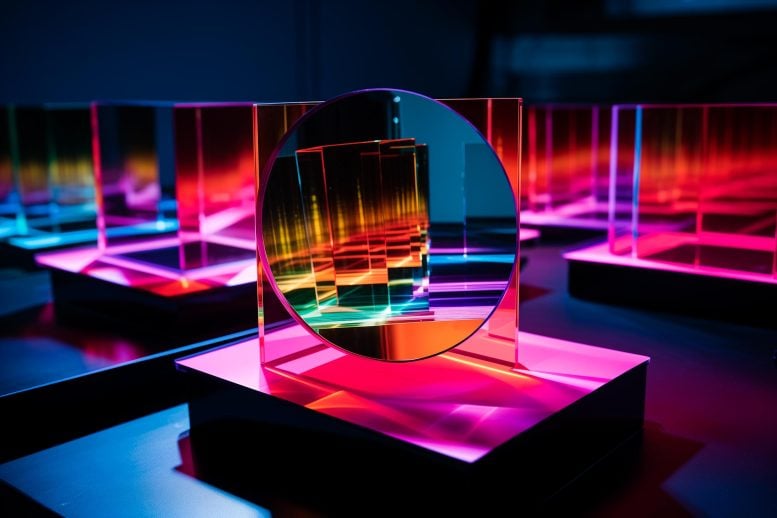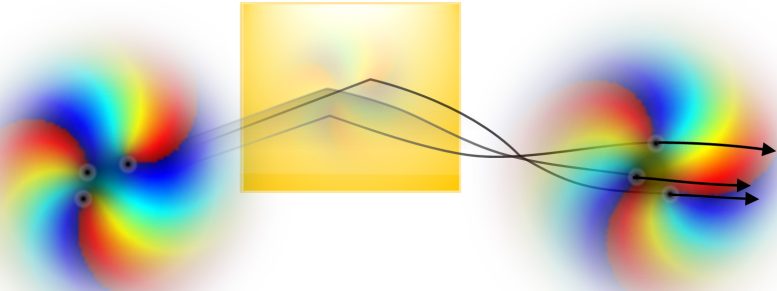

Tampere University researchers found that light beams distort when reflected, revealing material properties. Their work on twisted light waves may advance optical measurement techniques.
Our everyday experience suggests that light reflected from a perfectly flat mirror produces an undistorted image. However, when the light field is structured in a more complex manner, small deformations actually occur.
Researchers at Tampere University have now observed these subtle distortions for the first time in the lab. Their findings confirm a theoretical prediction made over a decade ago regarding this fundamental optical effect. Furthermore, the study demonstrates how this phenomenon could be applied, such as in techniques for analyzing material properties.
Light is a wave. Although this simple statement has been known to scientists for over a century, new properties and applications of light waves are routinely discovered and explored by researchers in optics and photonics. At Tampere University, the Experimental Quantum Optics Group (EQO) studies the nuances of the shape – or structure, as it is often called – of light. The structure of light has become an important topic in modern optics, with advances ranging from the fundamentals of quantum physics to information science and optical communications.

In their latest work, the researchers have shown that the shape of a light beam is slightly distorted when it is reflected from a perfectly flat object such as a mirror. Although the deformation is very small, it carries significant information about the object itself, such as the material it is made of. This so-called topological aberration effect, predicted over a decade ago by researchers in the UK, has now been observed for the first time.
“Although the general idea of observing a deformation seems rather simple, it took us more than a year to perfect our experiment and adjust the original theory to distinguish the effect from all the other beam deformations that are natural to experimental research,” explains Associate Professor Robert Fickler, group leader of the EQO team.
Whirlpools of light and darkness
With the recent technological advances in the shaping of light waves, the field of structured light has boomed in recent decades. Much of the interest in the field is due to so-called twisted light waves, which not only travel at the speed of light, but also spin as they travel.
“What is curious in these twisted light fields is that they have points in them that are completely dark, optical vortices as we call them, like whirlpools in water that are themselves waterless. What we have done is to observe how these vortices thread and move around when the beam interacts with a flat object, and what we can learn from these movements”, adds Academy Postdoctoral Researcher Rafael Barros, leading author of the study.
The dynamics of vortices in optical fields has been the subject of long-standing research and is usually regarded as a complicated mathematical problem. In their work, the authors have investigated how the vortices of a twisted light field move when it is reflected from an object. They have shown that although each optical vortex moves in a complicated way, their collective movement is determined by the properties of the object in a simple and predictable way. The researchers point out that their work will inspire new ways of measuring the properties of materials with structured waves. This will bring a new twist to optical technologies.
Reference: “Observation of the topological aberrations of twisted light” by Rafael F. Barros, Subhajit Bej, Markus Hiekkamäki, Marco Ornigotti and Robert Fickler, 17 September 2024, Nature Communications.
DOI: 10.1038/s41467-024-52529-6